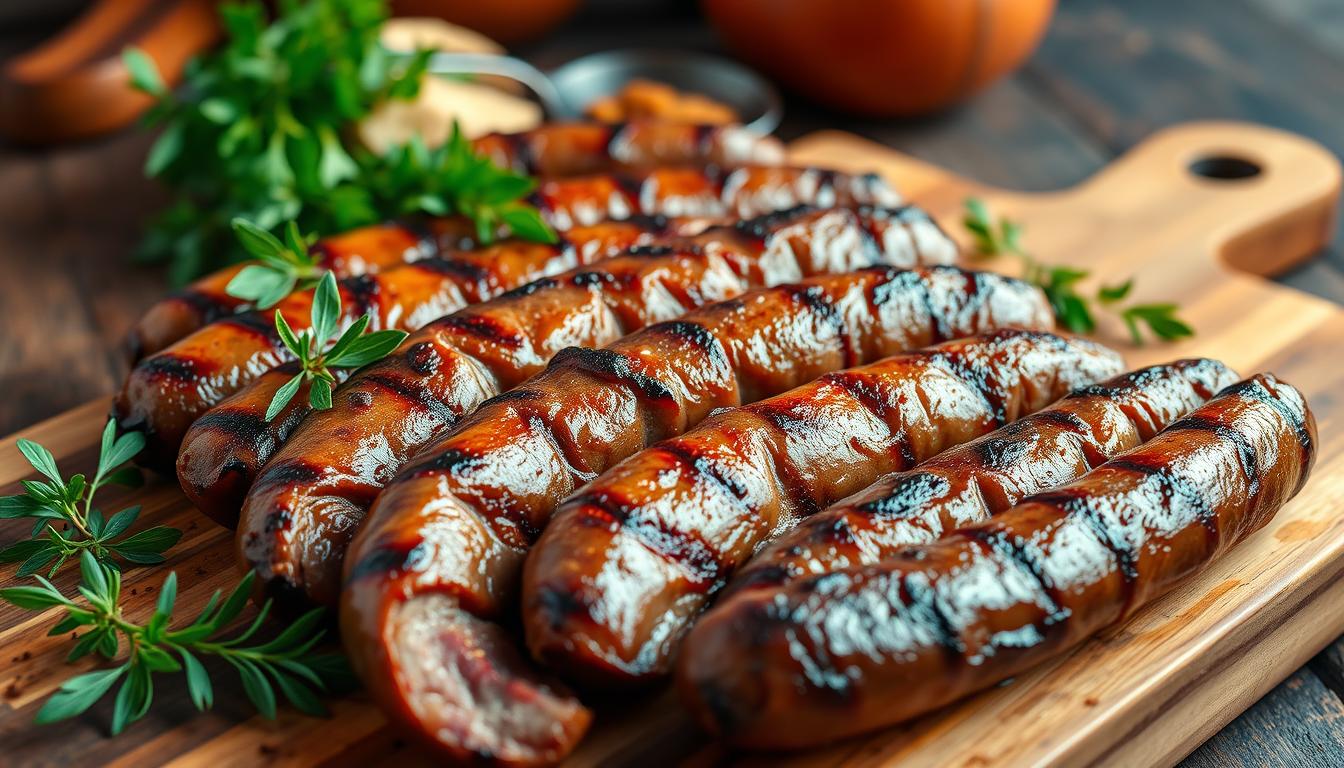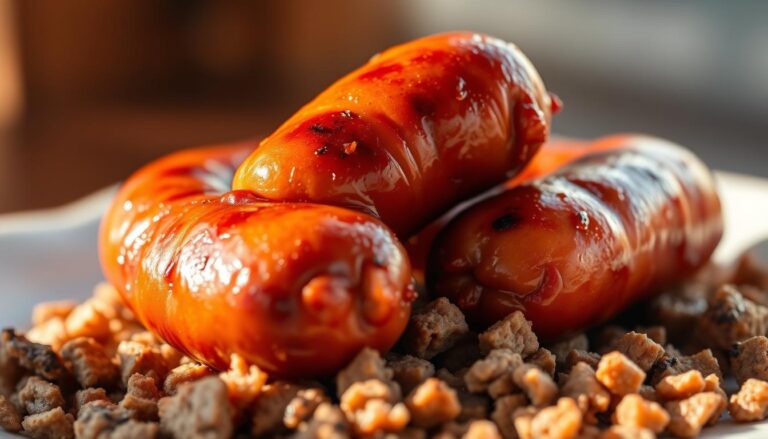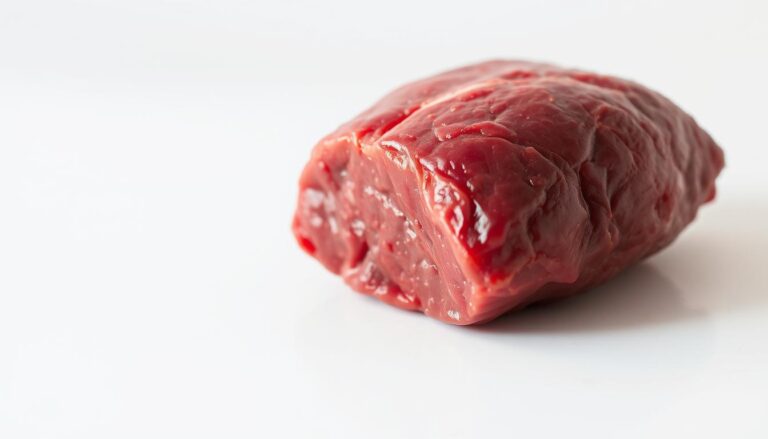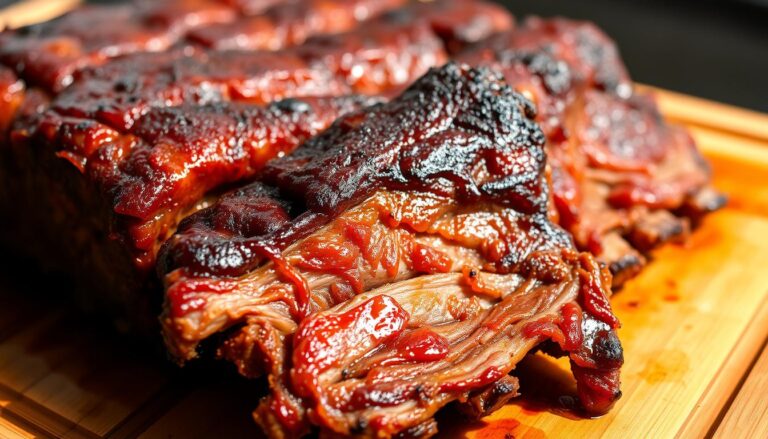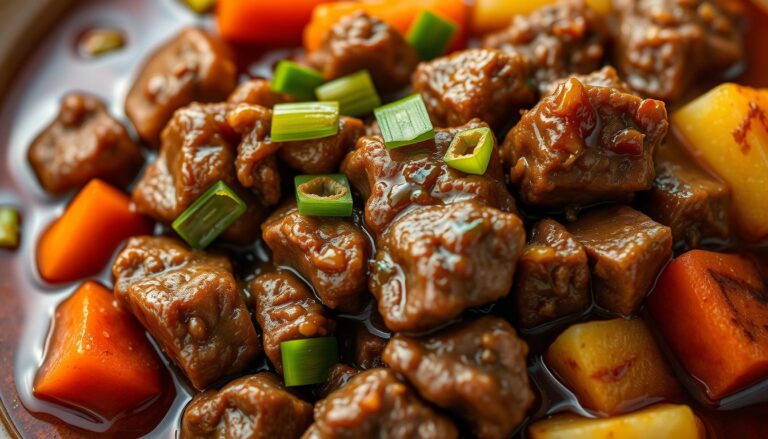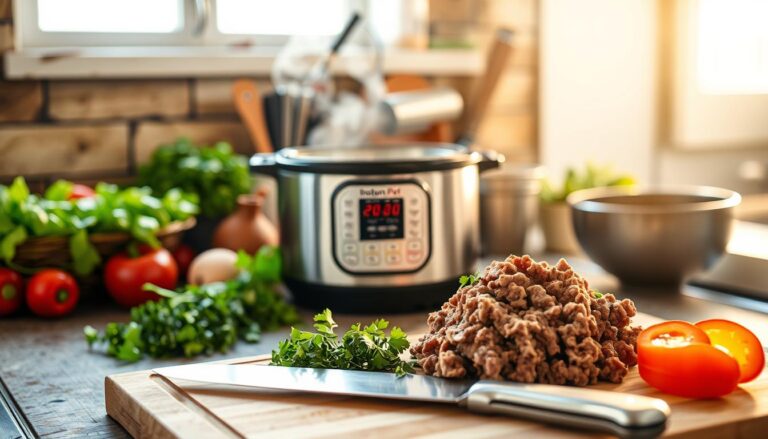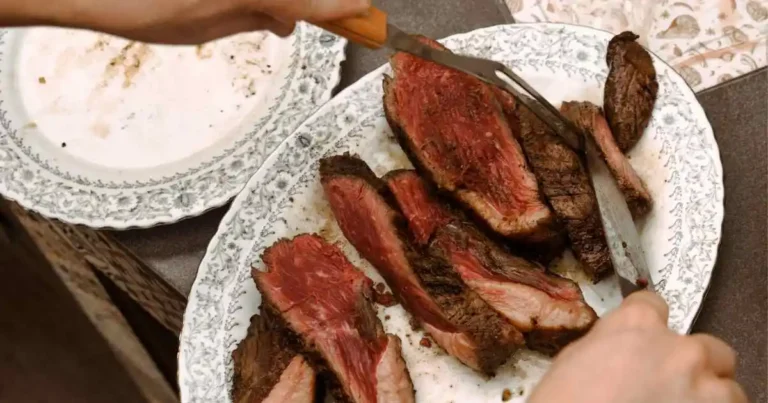Delicious Beef Sausage Recipes You’ll Love
You know that warm, comforting smell that pulls you into the kitchen? It might be the scent of spices sizzling and a promise of a great meal. You want food that feels like home and tastes bold, without fuss.
This section gives you a clear roadmap to craft skillet patties, Greek-style links, and Italian flavors. You’ll learn why 80–85% lean meat hits the sweet spot for juicy texture and how simple spices transform ground meat into something special.
You’ll get quick tips on time, doneness, and storage so weekday breakfasts or relaxed dinners fit your schedule. Mix in a bowl by hand, form patties, or try stuffing casings—the way forward is simple and rewarding.
By the end, you’ll feel ready to cook for the people you love, with confident techniques and bold flavor that make every bowl, plate, or breakfast moment memorable.
Table of Contents
Your guide to flavorful beef sausage at home, today
Turn ground meat into a confident, tasty meal at home with a few control points and clear instructions.
Keep ingredients and tools cold so fat stays firm and the mix binds cleanly. Before you commit to a whole batch, fry a small patty to taste and adjust salt, pepper, or a bit of heat.
Choose 85/15 ground beef for juicy patties, or use store-bought ground if you want to skip grinding and stuffing. If you plan links, a grinder and stuffer help—otherwise use a skillet and a plate for fast breakfast patties that cook in minutes.
Cook links to 160°F for safety. Store fresh patties or links in the fridge up to four days, and reheat gently—microwave at 50% power to avoid drying out.
“Control ingredients and seasonings; keep everything cold; taste test a small patty before stuffing.”
- Core ingredients: ground meat, salt, spices, and a bit of binder if you like.
- Two ways today: quick skillet patties or weekend links.
- Printable instructions and clear timing make it easy to plate for people with busy mornings.
Skillet beef sausage patties in minutes
A simple bowl, a handful of spices, and your hands are all you need to make quick, flavorful patties that cook up in no time.
Ingredients: ground beef, spices, and a simple bowl mix
In a bowl, combine 1 lb 85/15 ground with kosher salt, black pepper, onion powder, garlic powder, smoked paprika, dried thyme, dried sage, and a pinch of red pepper flakes.
Mix gently with your hands until just combined. Avoid overmixing so the patty stays tender.
Instructions: shape the mixture and cook
Divide the mixture into four 1/2-inch patties or eight small sausage patties, depending on how you plan to serve them.
Heat a little olive oil in a skillet over medium heat. Place patties in the pan and let them brown without crowding.
Timing and heat
Cook larger patties 4–5 minutes per side and small ones about 3 minutes per side. Flip once to build a good crust and keep juices inside.
Set the cooked patty on a plate to rest briefly. Serve immediately or chill for 3–4 days and reheat at 50% microwave power to avoid drying.
Greek-inspired beef loukaniko-style links with orange, leek, and red wine
Bright citrus and soft leeks lift these loukaniko-style links into a lively, grill-ready centerpiece.
Bold flavor comes from sautéing finely chopped leeks and minced garlic in olive oil for 5–7 minutes until soft, then cooling them so the ground mix stays cold and springy.
You’ll use freshly ground chuck or 80% ground beef chuck. Season with 1.5 tbsp kosher salt, orange zest, 2 tsp roasted ground coriander, 2 tsp black pepper, 2 tsp dried oregano, 1 tsp fennel seeds, and 1/4 cup red wine. Chill the mixture before stuffing.
From mixture to casings
Stuff into soaked casings, form a long coil, and twist into even 5-inch links, alternating directions so each link locks in place.
Prick small air pockets to prevent bursting and help even cooking.
Cook to safe temperature
Cook links about 10–12 minutes over medium heat on the stove, or grill or smoke until the internal temperature reaches 160°F. Trust temperature over color—red wine can keep the interior slightly pink even when done.
“Chill the mix, stuff carefully, and cook to 160°F for juicy, consistent links.”
- Yields roughly 20 links; ~142 kcal per link.
- Serve with mezze, salads, or slice into grain bowls for bright, herby flavor.
- Make ahead: refrigerate or freeze for easy weeknight meals.
| Method | Time (minutes) | Notes |
|---|---|---|
| Pan-cook (medium) | 10–12 | Even browning; flip once |
| Grill | 10–12 | Good char; watch flare-ups |
| Smoke | 15–20 | Deeper flavor; longer cook time |
Italian-style beef sausage for meat sauces, patties, or links
Classic Italian seasonings give this mix a savory, aromatic edge that works in sauces, patties, or links.
Start with 2 lb of ground meat and add fennel seed, salt, ground coriander, garlic powder, paprika, black pepper, and a pinch of crushed red pepper. Mix gently until just combined so the texture stays tender.
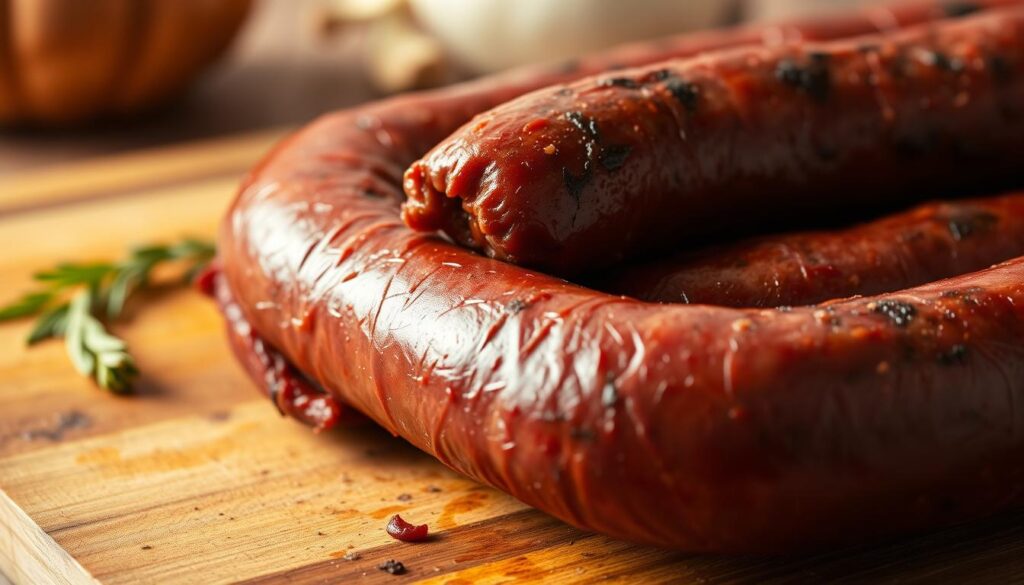
Classic seasonings and how to use them
Toast the fennel and coriander briefly in a dry pan to boost aroma. Then fold the spices into the chilled mixture so they bloom during cooking.
Loose or linked: choose your form
Cook loose in a nonstick skillet over medium for 8–10 minutes, stirring, until the internal temp reaches 160°F. The fond that forms will enrich any tomato sauce or gravy.
- Shape into patties for quick sears and sandwiches.
- Keep it loose for pasta, pizza topping, or stuffed peppers.
- Optionally stuff into hog or synthetic casings; a grinder and stuffer like the STX Megaforce speeds the job.
“Toast your spices, keep the mix cold, and trust temperature, not color, for safety and best flavor.”
beef sausage recipes: essential ingredients, seasonings, and tools
Pick the right lean ratio and you’ll lock in moisture while avoiding dry, crumbly results.
Choosing the meat: Use 80–85% lean ground beef for the best balance of juiciness and bind. Avoid very-lean mixes that can turn crumbly when cooked.
Spices and aromatics: Keep a small set of ingredients on hand: garlic, onion powder, smoked paprika, thyme, sage, and black pepper. Mix in a bowl and fry a test patty to tune seasoning.
Tools and when to use them
You can skip special gear and shape patties on a plate. A grinder plus stuffer and proper casings let you make links and control texture. Use a medium grinder plate for classic texture; a finer plate suits smoother blends.
- Light film of olive oil in the pan boosts browning and prevents sticking.
- Keep meat and tools cold so the mixture binds well.
- Portion and label before you freeze; store cooked patties up to 3 months in the freezer.
| Item | When to use | Benefit |
|---|---|---|
| 80–85% lean ground beef | All forms | Juicy texture, good bind |
| Medium grinder plate | Home grinding | Classic sausage texture |
| Casings & stuffer | Links | Even links, traditional shape |
Step-by-step technique: mixing, forming, and cooking for best flavor
A steady, simple workflow helps you mix, test, and cook without stress or guesswork.
Mix gently by hand until the mixture looks uniform. Handle the meat with clean hands and stop when the ingredients bind. Overworking compresses texture and makes the final product dense.
Form a small patty and pan-fry it to taste. Adjust salt, pepper, and other spices from that test. This quick check saves you from committing to a full batch that needs fixing.
Keep bowls, meat, and tools cold as you work. If the mix feels dry or loose, add a bit of ice water, one tablespoon at a time, to improve binding without making it mushy.
Shape even patties and set them on a plate, pressing a slight indent in the center to reduce doming. Preheat the pan so the first and last pieces brown the same.
Cook and finish
Cook patties 4–5 minutes per side over medium heat, flip once, and rest briefly. For links, trust internal temperature—160°F—for safety and doneness.
“Mix gently, test early, and keep things cold for the best way to make consistent homemade sausage.”
| Step | Time | Key cue |
|---|---|---|
| Mixing by hand | 2–4 min | Uniform but not compacted |
| Test patty | 2–3 min fry | Adjust salt and pepper |
| Cook patties | 4–5 min per side | Good crust, single flip |
Serving ideas, make-ahead, and safe storage
Keep a batch on hand and transform leftovers into fast bowls, sandwiches, or hearty breakfasts.
Serve it your way: Plate breakfast patties with eggs, toast, or fruit for a full morning meal. Crumble cooled links into pasta sauces or toss sliced links into salads for quick dinners. Turn extra patties into burgers or grain bowls to stretch one cook session into several meals.
Refrigerator and freezer: Store cooked portions in labeled containers. Keep in the fridge up to 3–4 days and freeze up to 3 months so you can pull exactly what you need.
Reheating & food safety: Reheat gently—microwave at 50% power or warm over low heat with a touch of oil to preserve moisture. Always trust internal temperature; 160°F ensures safety even if center looks pink from wine or spices.
- Add a small salad or roasted veg to balance richness.
- Label portions by date so you use older items first.
| Use | Cold storage | Notes |
|---|---|---|
| Cooked patties / links | Refrigerator: 3–4 days | Reheat at 50% microwave power or low stovetop heat with oil |
| Frozen portions | Freezer: up to 3 months | Label date and portion to defrost only what you need |
| Use ideas | Breakfast, burgers, pasta, salads | Stretch one cook into multiple meals |
“Trust temperature over color—160°F is the safest cue for fully cooked links.”
Time, heat, and calories: cook smart for reliable results
Master timing and heat so every patty and link turns out juicy and consistent.
Use medium heat for steady browning without drying. For larger patties, cook about 4–5 minutes per side. Small sausage patties need fewer minutes and will sear faster.
Links take longer—plan for roughly 10–12 minutes and check temperature with a thermometer. Aim for 160°F to be sure the interior is safe, even when spices or red wine keep the meat pink.
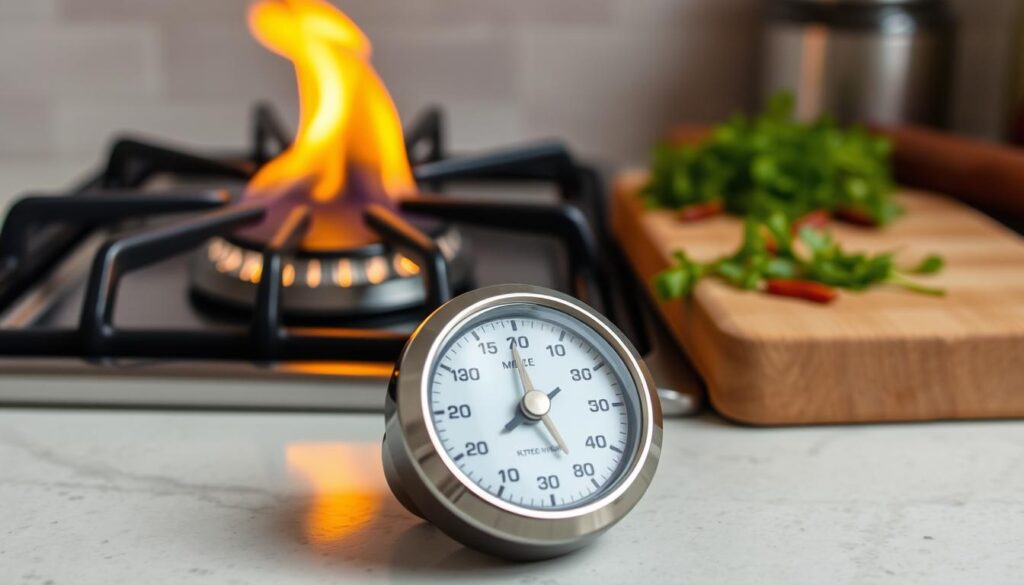
Portions and calories
Patties are a clear breakfast portion and average about 277 calories each. A standard link runs about 142 calories. Use these numbers to match servings to appetite or meal type.
- Cook in batches, keep early pieces warm while finishing the next round.
- Rest cooked pieces briefly so juices redistribute and flavors concentrate.
- Use ground beef or crumbles in sauces to stretch servings; reserve patties for plated meals.
| Item | Minutes | Notes |
|---|---|---|
| Large patties | 4–5 per side | Medium heat; 277 calories each |
| Small sausage patties | 2–3 per side | Faster sear; adjust by thickness |
| Links | 10–12 total | Cook to 160°F; ~142 calories each |
“Time, temperature, and steady heat give the most predictable results.”
Conclusion
End each cook confident by sticking to a few clear cues.
You’ve learned simple recipes and one solid recipe path for skillet patties, loukaniko-style links, and Italian-style mixes. Use 85/15 ground beef for juicy patties and test a small patty to tune spices and seasonings.
Trust time and temperature: sear patties in a hot skillet 4–5 minutes per side and cook links to 160°F. Rest before serving, keep a little oil to boost browning, and store cooked portions for 3–4 days or freeze up to 3 months.
Choose casings for links or skip them for quick patties. Print these steps, head back to your home kitchen, and enjoy the bold flavor you built from ground meat to plate.

